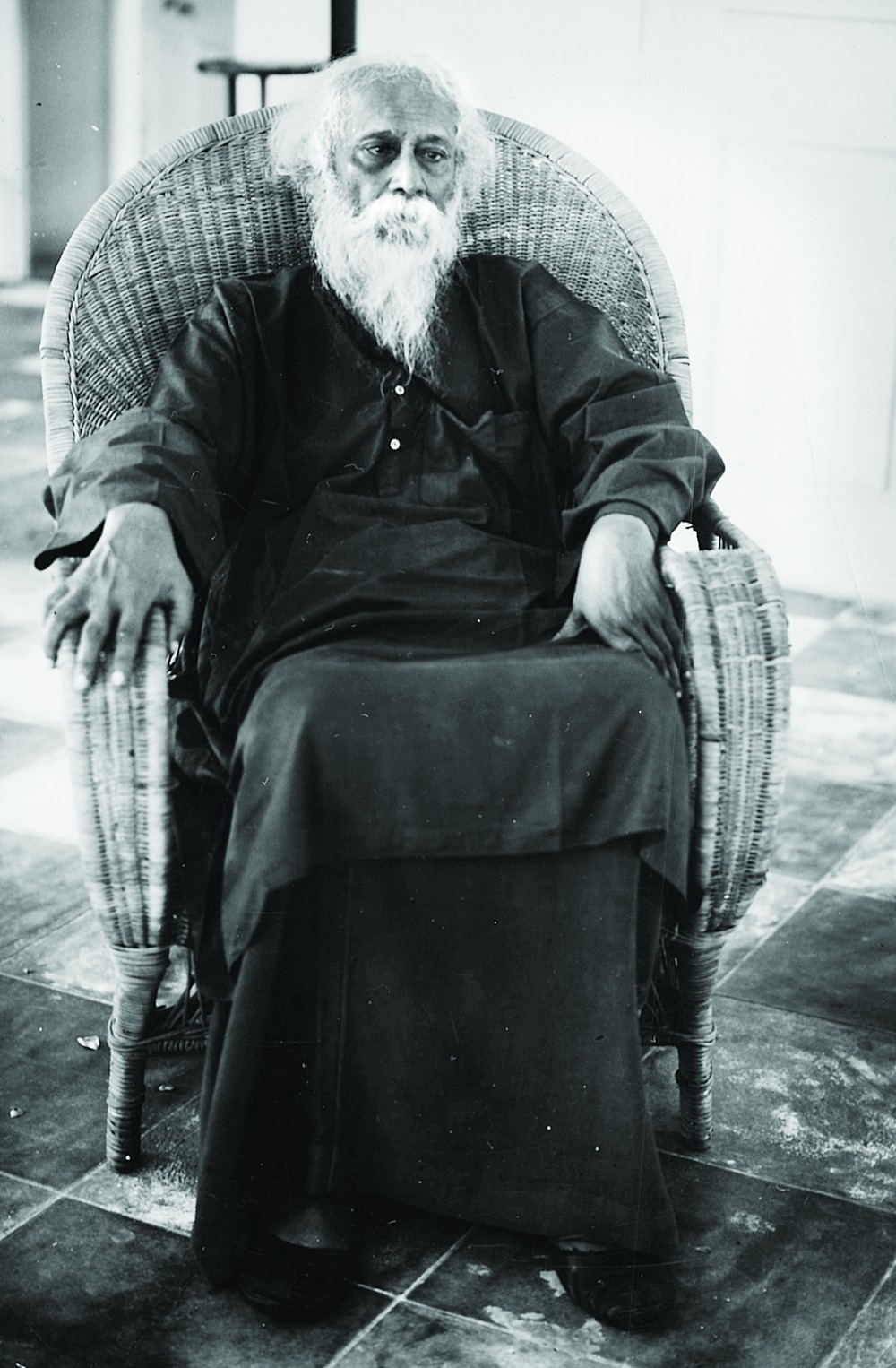
If there is someone who is perpetually present in the Bengali memory even after 75 years of his death, it is Rabindranath Tagore. The Bard of Bengal lives in his songs, poetry, stories and plays.
The first Nobel Prize winner of Asia (1913), who had the courage to return it as a mark of protest after the Jallianwala Bagh massacre in 1919, is deeply, deeply revered by Bengalis. And that is why, when it comes to his death, the details are hazy. Among his followers, there is a reluctance, bordering on aversion, to accept that Tagore was human and that he too had suffered in his last days.
Tagore was a handsome man, blessed with a good physique. He had learnt to wrestle, ride horses and lived a disciplined life in general. He had commendable stamina and could also swim the entire breadth of the Padma.
Despite it all, his health deteriorated at the age of 76. On September 10, 1937, he lost consciousness and remained thus for two days.
Kidney and prostate problems were diagnosed. A team of doctors headed by Dr Nilratan Sarkar from Calcutta looked after him in Santiniketan.
He had fever and complained of headache, chest pain, urinary bladder issues and had no appetite whatsoever. Tagore strongly believed that his life had a meaning beyond these mortal diseases, and that is why the moment he could sit upright on bed he took to his ink and paper.

Gurudev ensured that his creativity did not suffer. He wrote Sejuti, Nabajatak and Shyama, and also composed numerous songs and paintings during this period.
He continued to have political discussions with Jawaharlal Nehru and Subhas Chandra Bose, and played host to Mahatma Gandhi and his wife, Kasturba, when they visited Santiniketan. His deteriorating health was the least of his worries.
On September 15, 1940, when Tagore was in Kalimpong, he complained of pain in his urinary bladder and lost consciousness again. He was unable to pass urine. But his granddaughter, Pratima Debi, wasn't ready to accept that Tagore needed an operation.
On September 29, Tagore was brought back to his Jorasanko house in Calcutta on the advice of Dr Prasanta Chandra Mahalanobis. With the help of Dr Satyasabha Mitra, Dr Amiya Basu and Dr Mahalanobis, he was moved to the marble room on the first floor of Jorasanko house. In the presence of his near and dear ones, dutiful attendants and under the supervision of Sir Nilratan Sarkar and Dr Bidhan Chandra Roy, he seemed to be on the path to recovery.
A considerable amount of attention was given to his diet, medicines and cleanliness. The poet also continued to take his biochemic medicines. Dr Dakshinaranjan Roy also visited him regularly. On his return to Santiniketan, Tagore it seems had come to terms with his failing health, but was determined not to let it dampen his spirits.
He played an active role in some of the major protests demanding India's Independence. His works Golpo Solpo and Teen Sangee reflected his exact thoughts during his last days. A new year arrived, but the illness did not go away.
Because of the constant persuasion of doctors, both allopathic and ayurvedic treatments continued in a desperate attempt to revive him. On July 16, 1941, his doctors advised him to undergo a surgery. Although Tagore was against allopathic treatment and an operation, he agreed. The operation was scheduled on the ninth day of Shravan (July 25). According to the Bengali calendar, the year was 1348 [1941 as per the Gregorian calendar].
On reaching Calcutta, Tagore felt better, and to the surprise of those around him, he was unusually cheerful. The operation was rescheduled for July 30. But he was not informed about it. On the day of the operation, after making all arrangements, Dr Lalit Bandopadhyay finally broke the news to Tagore that he would be operated upon. The poet was shocked. He was taken to the verandah where a special operation theatre had been created for him. The operation for suprapubic cystostomy was carried out. Doctors inserted a tube through a hole that would help him pass urine. The operation was done by Dr Lalit Bandopadhyay and he was assisted by Dr Satysakha Maitra and Dr Amiya Sen.
After the operation, Tagore complained of a burning sensation, and fell unconscious. His condition worsened and his pain was evident even while he was unconscious. On August 4, his kidney stopped working and uremia set in. Saline was administered and oxygen was kept handy. On the night of August 6, his condition hit rock-bottom and people started gathering on the premises of Jorasanko.
Exactly at midnight the oxygen tubes were removed and Tagore's spirit freed itself from the shackles of the human body. The news spread like wildfire and thousands of people rushed to Jorasanko to pay their last respects. Sounds of the conch filled the air. Flowers carpeted the way to the crematorium. And thus the curtains came down on a great life, a great poet, a great big man.
Dr Amit Ghose is a leading robotic surgeon and founder of the Kolkata Prostate Cancer Foundation. In August 2016, on the occasion of Tagore's 75th death anniversary, Kolkata Prostate Cancer Foundation in association with Rabindra Bharati University organised a photo exhibition of Tagore's last days. Dr Ghose was closely involved in the research for the exhibition.

